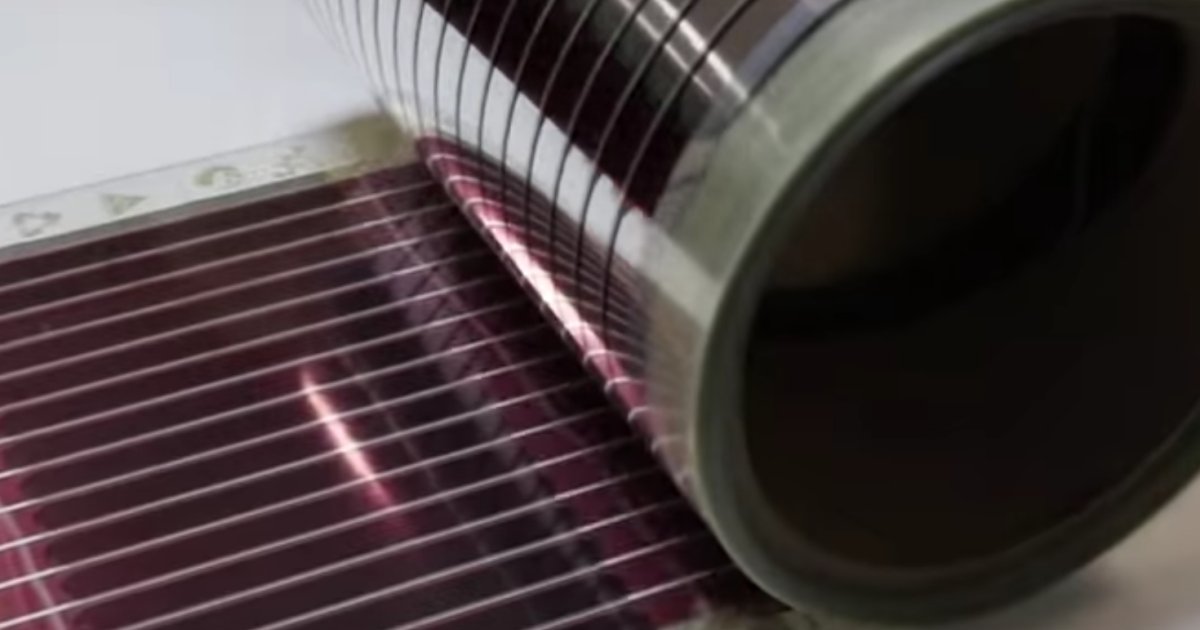
Dubai headquartered Ecolog International has announced the inking of an agreement with the University of Newcastle relating to printed solar cells.
Printed solar cell technology promises cheap, portable, flexible and lightweight products that can be used in a wide range of applications – everything from clothing to large-scale, “roll-out” solar farms. It involves the use of “clever” inks and well-established printing technologies.
Printed solar cells have been the next big thing for a while now, but it’s a long way from the lab to market.
University of Newcastle was among the first to unveil a commercial-scale pilot of printed solar, with a 200-square-metre rooftop array installed in just one day in 2018. Here’s a video showcasing the project accompanied by some really annoying music. You may want to mute your speakers before hitting play to prevent earworm syndrome.
The material used had a production cost of less than $10 per square metre at that point – but the ABC noted it was one fifth as efficient as silicon-based panels and the printed solar panels only had an operational lifespan of a few years. A couple of years have passed – a long time in solar technology revolution – so efficiency and durability may be much better by now. There’s more info on the installation here.
Professor Paul Dastoor, who is head of the Centre for Organic Electronics at the University of Newcastle, said among the advantages of printed solar compared to conventional solar panels are silicon modules aren’t practical for roofs needing repair or replacing, and some simply aren’t capable of supporting large numbers of modules (these are called “slender roofs“).
We haven’t heard much from University of Newcastle since then on its progress with printed solar cell technology.
Details of the new arrangement with Ecolog are scant – just that the deal signed was a Strategic Memorandum of Understanding to commercialise UoN’s printed solar solution. Professor Dastoor said the collaboration will enable the exploration of new opportunities – particularly in defense and humanitarian applications.
“Our ultimate goal is to see our printed solar cells all over the world, generating renewable energy for all in remarkable new ways.”
So, while there’s no commercial market rollout date yet, it’s encouraging that the technology is being pursued. University of Newcastle isn’t the only Australian organisation developing printed solar power – among others is CSIRO, which claims it has achieved efficiencies of greater than 19 per cent on small-scale devices.
What’s Happening With Printed Batteries?
This news reminded me that a few years ago we covered a project involving printed batteries. This was a collaboration between parties including Printed Energy Pty Ltd, the University of Queensland and the University of New South Wales that scored a $2 million Cooperative Research Centre Projects grant.
The project description notes applications for printed batteries could include wearable electronics and even industrial scale solar energy storage. It touts advanced printing technology that will result in reduced manufacturing costs using abundant, non-toxic compounds.
There’s been no further updates on Printed Energy’s website since that time but the CRC Projects site notes the project end date is September 30 this year.

 RSS - Posts
RSS - Posts



Speak Your Mind